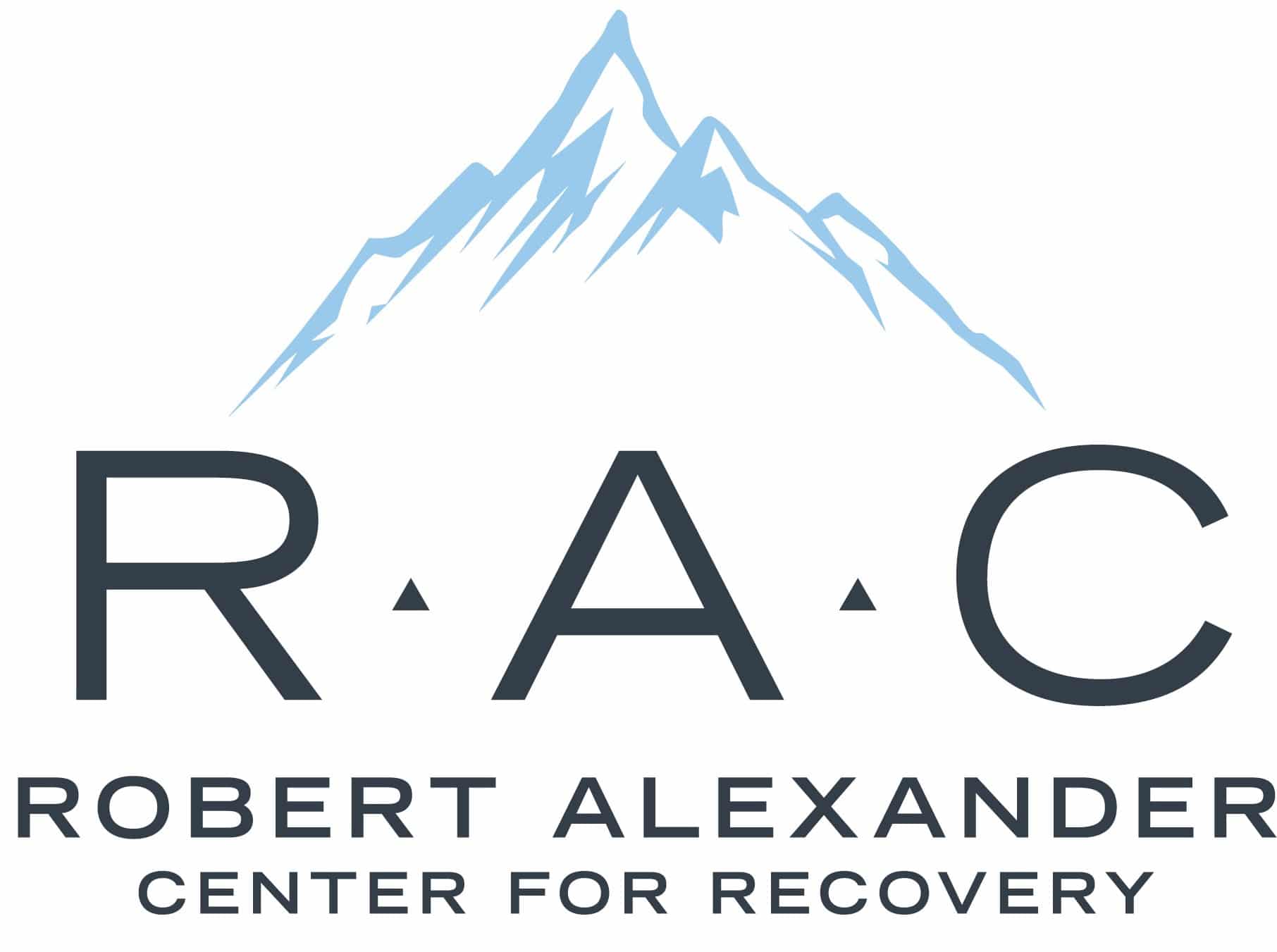The impact of alcohol on your body begins from the first sip. Although an occasional glass doesn’t pose much concern, cumulative drinking of beer, spirits, or wine can take a toll on your body. Research has shown that approximately 13% of Americans experience some form of Alcohol Use Disorder. Your body doesn’t digest alcohol when you drink it. It moves quickly into your bloodstream and travels to other parts of your body. This may affect your brain before proceeding to your kidneys, lungs, and liver. However, the severity of the effects of alcohol on your body depends on factors such as age, weight, gender, and alcohol type.
What is Alcohol Use Disorder (AUD)?
Alcohol Use Disorder is a chronic relapsing brain disorder that impairs an individual’s ability to control or stop consuming alcohol despite its adverse effects on their health, occupation, and social lifestyle. Although the condition may vary from mild to severe, it is helpful to understand what happens to the body when you use alcohol excessively and why you should seek treatment.
The Impact Of Alcohol On The Teenage Brain
Alcohol affects the teenage brain in the short term, but prolonged usage can have long-term consequences, as the adolescent brain is still growing and developing. When an older person is intoxicated, their ability to make the right decision is compromised, just as their motor coordination. You become less aware of your actions and behavior and cannot decipher whether they are unsafe or inappropriate. This increases the individual’s risk of injuries from accidents and falls and their likelihood of engaging in dangerous, violent, or aggressive behaviors. This is all due to your impaired ability to recognize potential harm.
However, the teenage brain continues to see significant growth and development during its early years. Research has shown that alcohol usage can interfere with normal brain function and development during the early years. It can affect a teen’s ability to learn and process information and later increase their alcohol use disorder risks.
Alcohol Impact On Your Body
Drinking alcohol may offer temporary calmness and happiness; however, it is essential to avoid getting carried away. When the alcohol level in your bloodstream increases, so do the potential risks and impact it would have on your body. This includes the slurring of words, incoherent speech, and other inappropriate behaviors- some of which you can’t quite remember the next day.
The overdose of alcohol in your body can also lead to making unwise decisions. A common one is driving under the influence. Just as you are more exposed to alcohol-related accidents, you likewise exhibit increased aggression, which can lead to physical, verbal, and, in worst cases, sexual-related abuses. Research has identified millennials between 25 and 39 years as the most at risk of drunk driving, followed by Gen Z aged between 16 and 24 years.
After consuming high amounts of alcohol, you will begin to experience some loss of balance, blurred vision, and slurred speech. Even most everyday activities may pose a danger for your body due to your impaired judgment.
Treatment for Alcohol Use Disorder
Alcohol overdose describes the state when you have so much alcohol in your bloodstream, which affects your brain parts responsible for your life-support functions like heart rate and breathing, and starts shutting down your body’s ability to control its temperature. Statistics show that over 95,000 people die every year from excessive alcohol use in the US, costing about $249 billion in 2010.
More than 50% of these deaths are attributed to the heart, liver, and various cancer types. This is why it is vital to seek high-quality treatment for your alcohol use disorder.
However, proven treatments for AUD include detoxification, residential inpatient, and outpatient treatment. There are likewise other aftercare programs to help individuals dealing with AUD to recover from the condition. However, several symptoms should prompt you to seek treatment for your alcohol overdose. This includes:
- Difficulty waking up or staying conscious.
- Experiences seizures
- Slow and irregular breathing. At this point, you begin to experience less than eight breaths per minute or more than 10 seconds between breaths.
- Mental confusion
- Dull responses such as no gag reflex
- Pale or bluish skin color and very low body temperature
- Vomiting
It is vital to call for help anytime you experience some of these danger signs. An individual wouldn’t need to express all these symptoms before calling for assistance since it can be fatal at that point. It is common to assume cold showers, walking, or drinking coffee can help with the symptoms. But they do little and even worsen the case.

